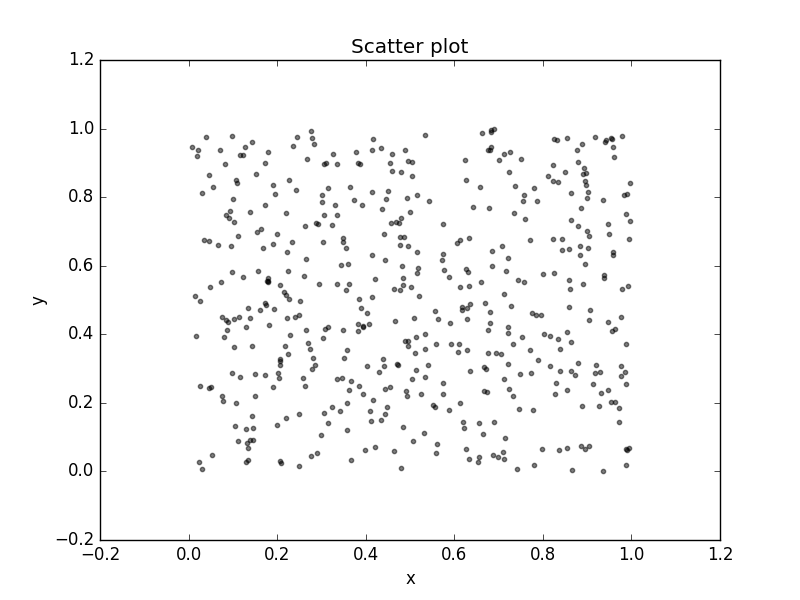

Density: Y axis displays relative frequency (no. Relative Frequency: Y axis displays individual bin counts divided by total count. Elements on the other side will not extend. Otherwise, means 100% of box width.Īnd when Curve Type is not None and Show Symmetric Distribution Curve is selected in Distribution tab, will only apply the rule width distribution curve, and only apply to elements on the same side of distribution curve. When Curve Type is not None and Show Symmetric Distribution Curve is selected in Distribution tab, means extend data points within distribution curve. When shows the data point or quartile lines, it will extend these data sticks or short lines within distribution curves or the percentage of box width. Note, if Type is Dots, only when Random is set as Arrange Points, this option will be available. Select the Snap Points to Bin check box to align the binned data points horizontally in the bins. Select the Single Block Barplot check box can remove the lines between bins. When Type = Bin Bars or Dots + Bin Bars, Single Block Barplot option is available. Note: For Ridgeline charts, all points will be arranged in vertical, along the Y axis. There are controls on the Plot Details Spacing tab for controlling the offset of data symbols (Dots) when displayed in your Box plots. Select Swarm is similar as Jitter, it only ignores Bin settings. This produces the random jitter, while in the Bins Alignment group, you could produce and customize the regular jitter. Select Jitter to add random noise in X direction to scatter out the data point series. The random offset in X direction is determined according to a normal distribution. When Type is Dots+Bin Bars, these three options are available: Random, Jitter and Swarm. When Type is Dots, these six options are available: Random, Jitter, Swarm, Center, Hex and Square. The Bin Bars shows the data in histogram-like style, with bars as the specified bin size. The Dots option shows the individual binned data points. Select Dots, Bin Bars, or Dots + Bin Bars from the Type drop-down list. They take different approaches to resolving the main challenge in representing categorical data with a scatter plot, which is that all of the points belonging to one category would fall on the same position along the axis corresponding to the categorical variable.This group of settings is only available when the source plot is a box chart displaying the binned data, a column scatter plot or a beeswarm plot. 
There are actually two different categorical scatter plots in seaborn. The default representation of the data in catplot() uses a scatterplot. Remember that this function is a higher-level interface each of the functions above, so we’ll reference them when we show each kind of plot, keeping the more verbose kind-specific API documentation at hand. In this tutorial, we’ll mostly focus on the figure-level interface, catplot(). The unified API makes it easy to switch between different kinds and see your data from several perspectives. When deciding which to use, you’ll have to think about the question that you want to answer.

These families represent the data using different levels of granularity. Stripplot() (with kind="strip" the default) It’s helpful to think of the different categorical plot kinds as belonging to three different families, which we’ll discuss in detail below. There are a number of axes-level functions for plotting categorical data in different ways and a figure-level interface, catplot(), that gives unified higher-level access to them. Similar to the relationship between relplot() and either scatterplot() or lineplot(), there are two ways to make these plots. In seaborn, there are several different ways to visualize a relationship involving categorical data. If one of the main variables is “categorical” (divided into discrete groups) it may be helpful to use a more specialized approach to visualization. In the examples, we focused on cases where the main relationship was between two numerical variables.
#Binned scatter plot python how to#
In the relational plot tutorial we saw how to use different visual representations to show the relationship between multiple variables in a dataset.







 0 kommentar(er)
0 kommentar(er)
